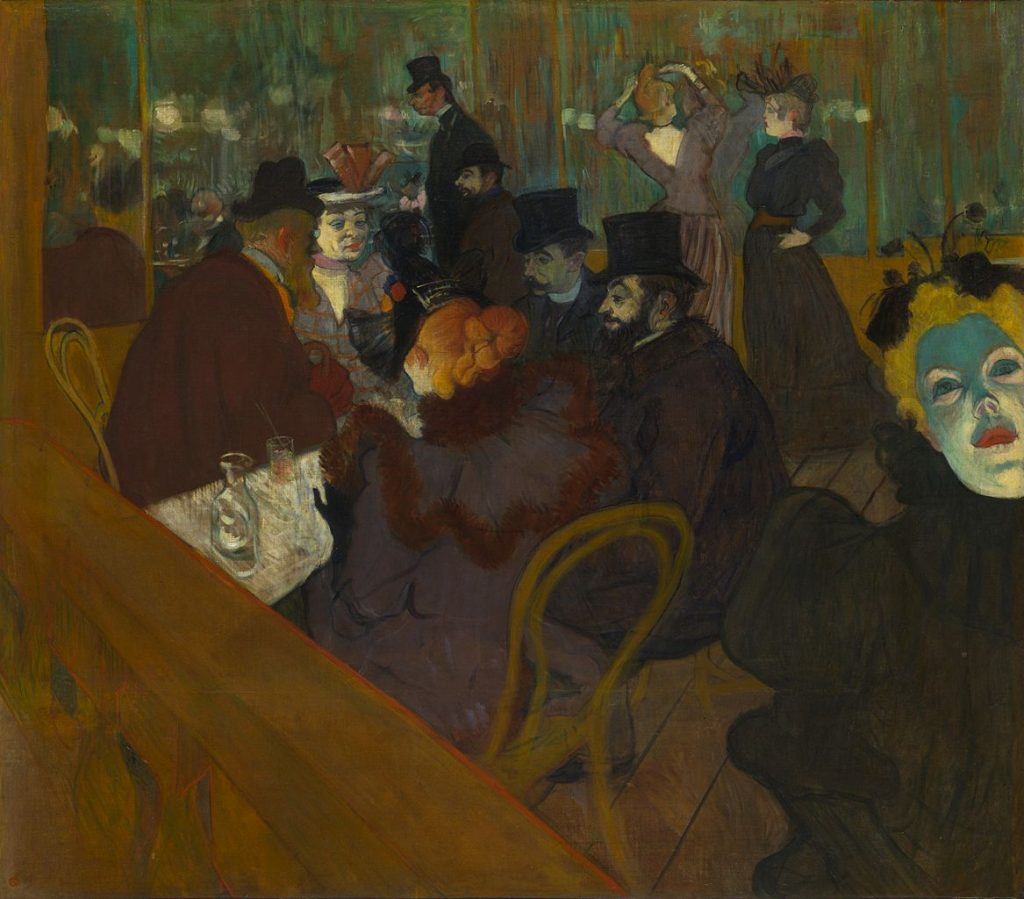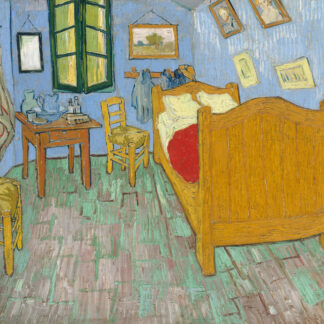- 3 min
If you’ve watched Woodie Allen’s movie “Midnight in Paris,” you might be familiar with the term “Belle Epoque,” which is used to describe the “fin-de-siècle” – the end of the 19th century in Europe. In many respects, the nineties were really “belle” – the last war in Europe ended twenty years before (which was a record number back then, believe me), the Industrial Revolution pushed scientific and technological progress ahead, creating new cures and new jobs, and the open market provided the middle classes with an opportunity to live a high-life with fashionable artwork, furniture, magazines, fashion, and entertainment. Yet, there is always the second side to the coin. The political tensions kept growing among the ever-expanding European empires, eventually leading to a war the earlier world would have never imagined – World War I (WW1)– while the train of change seemed to have no brakes. People began asking themselves what was awaiting them at the turn of the new century. Would it be a catastrophe or a period of miracles? In the face of such doubts, many turned to spirituality, seeking comfort in what was transcendental and immaterial.

Henri de Tolouse-Lautrec, At the Moulin Rouge, ca. 1892, The Art Institute of Chicago, Chicago, US.
The art you’re about to see perfectly captures the ambiguity at the end of the 19th century – we see enthusiasm mixed with fear, imperialism mixed with social movements, and technology mixed with symbolism.
- 3 min
If you’ve watched Woodie Allen’s movie “Midnight in Paris,” you might be familiar with the term “Belle Epoque,” which is used to describe the “fin-de-siècle” – the end of the 19th century in Europe. In many respects, the nineties were really “belle” – the last war in Europe ended twenty years before (which was a record number back then, believe me), the Industrial Revolution pushed scientific and technological progress ahead, creating new cures and new jobs, and the open market provided the middle classes with an opportunity to live a high-life with fashionable artwork, furniture, magazines, fashion, and entertainment. Yet, there is always the second side to the coin. The political tensions kept growing among the ever-expanding European empires, eventually leading to a war the earlier world would have never imagined – World War I (WW1)– while the train of change seemed to have no brakes. People began asking themselves what was awaiting them at the turn of the new century. Would it be a catastrophe or a period of miracles? In the face of such doubts, many turned to spirituality, seeking comfort in what was transcendental and immaterial.

Henri de Tolouse-Lautrec, At the Moulin Rouge, ca. 1892, The Art Institute of Chicago, Chicago, US.
The art you’re about to see perfectly captures the ambiguity at the end of the 19th century – we see enthusiasm mixed with fear, imperialism mixed with social movements, and technology mixed with symbolism.




